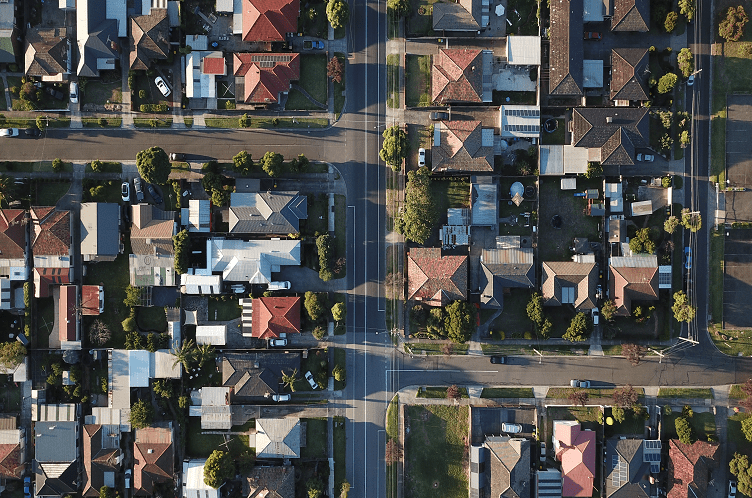
Although it would be a rare occurrence and would mainly occur in transfers involving family members, nonetheless if a transferee (purchaser) of property in NSW has paid for improvements to property before the transfer of the property to the transferee, then section 23 Duties Act 1997 provides that the value (consideration) upon which stamp duty is calculated, is to be determined as if those improvements were not made. This can lead to a substantial saving of stamp duty depending upon what improvements have been made.
To take an example, if a parent owns a vacant piece of land and a son pays for the construction of a house which is completed before the parents sell the property to the son then the stamp duty is assessed on the property as if the house was not built, i.e. as if still vacant. To get the benefit of the section the payment must be made by the transferee and not for example the transferor (vendor) on behalf of the transferee.
There are requirements for valuations and evidence to support the claim (invoice, etc.) and under the Duties Act 1997 stamp duty is payable on the greater of the price agreed between the parties and the market value. In our example evidence would be required of the unimproved market value of the land itself and if higher than the agreed price stamp duty would be assessed on that market value.
Call Antunes Lawyers on 02 9964 0499 or contact us to discuss how we can best help you with your legal matter.
The articles on this website comprise legal general information and not legal advice. The general information presented here must not be relied upon without legal advice being sought. In the event that you wish to obtain legal advice on the contents of this general information you may do so by contacting our office or your existing solicitor.

